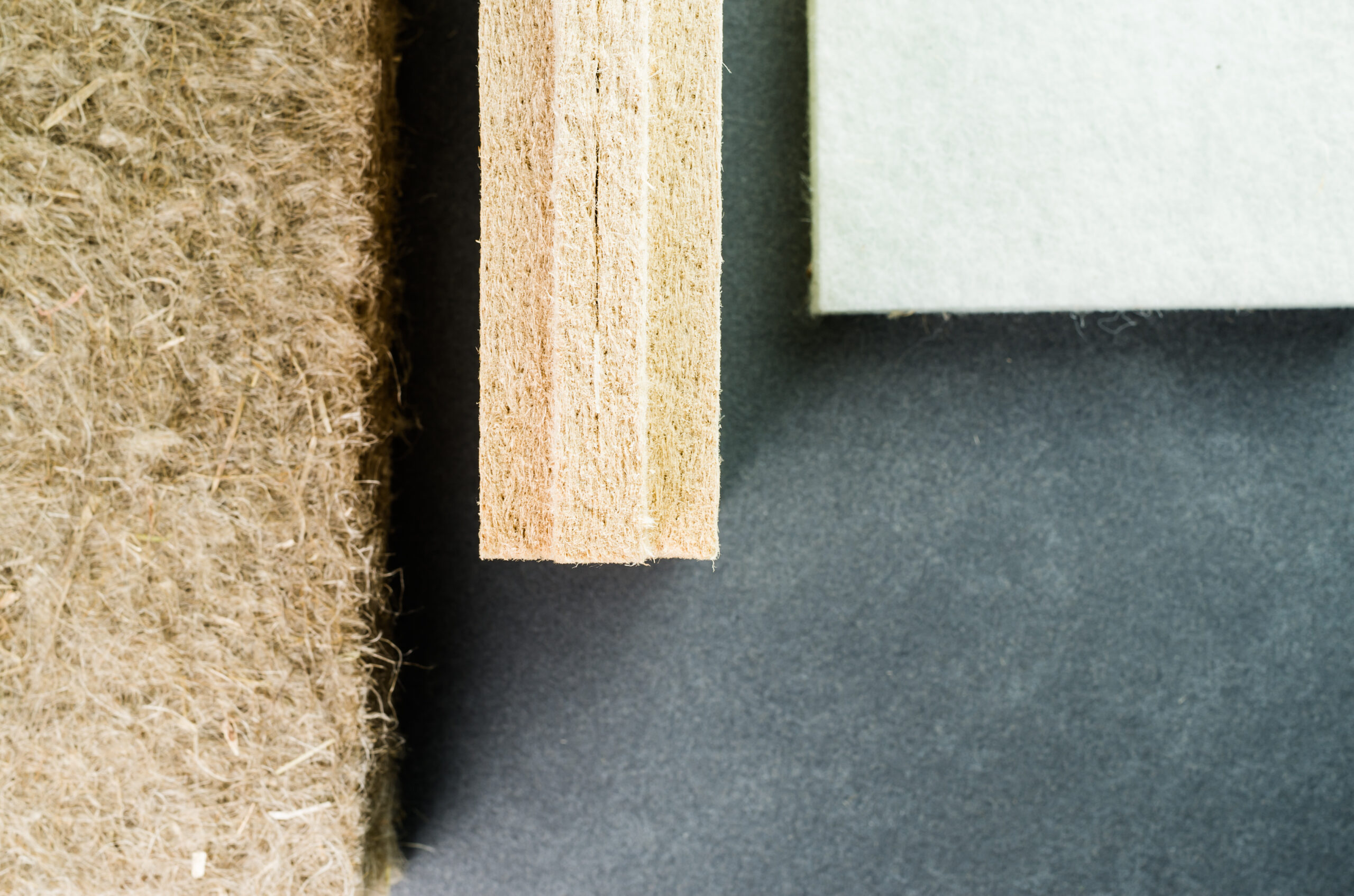
Did you know that hemp is not just for hippies and handbags? Well, buckle up, because industrial hemp is making waves in the construction world, and it’s time to take notice. Hempcrete is a hemp-based building material common in sustainable construction overseas. During a hearing in October 2022, the International Code Council (ICC) approved hempcrete as a building material in 49 out of 50 states in the US, removing a major roadblock barring the expansion of the US hemp construction market.
Hemp has a long history in construction, with early uses of hempcrete dating back almost 1000 years. In Europe, hemp has been used in construction for centuries, and the material is well established as a sustainable and eco-friendly option. The benefits of hemp in construction are numerous, including non-toxicity, excellent insulation properties, and sustainability — hempcrete continues to sequester CO2 throughout its lifecycle!
But how exactly is hemp processed into construction materials? Unlike other hemp products, such as textiles, the processing of hemp for construction is relatively simple. The plant is harvested, the woody core is removed, cleaned, fractionated, and combined with a binding agent to create strong and durable materials.
The possibilities for hemp in construction don’t stop there. Advances in hemp insulation, composite wood-replacement flooring and lumber, and hempcrete homes are proving that industrial hemp is a game-changer in the sustainable construction revolution.
So next time you hear about hemp, don’t just think of it as a trend — think of it as a sustainable solution to the construction industry’s biggest challenges. Get ready to see hempcrete homes popping up all over the country and join the sustainable construction revolution you didn’t see coming!
